Solar inverters are the hardest-working component of a solar array, as PV Evolution Labs (PVEL) described in its inaugural “PV Inverter Scorecard.”
The report says inverters are solely responsible for more operational functions than any other PV system component. These duties have continued to grow as systems get smarter and increase interaction with the utility grid.
So what exactly does an inverter do? PVEL outlined five key job duties for solar inverters in its report.
1. Convert DC to AC power
The basic function of an inverter is to convert the direct current (DC) power that solar panels create to alternating current (AC) power that is usable in homes and businesses or fed directly into the grid in front-of-the-meter projects (utility-scale solar arrays).
2. Maximize power output
Inverters are responsible for continuously tracking the solar array’s voltage to identify the maximum power at which the modules can operate, according to PVEL. If shading occurs from environmental factors or if modules are degraded, the inverter can accidentally identify the wrong peak in the string, thus reducing the overall energy production of the system.
3. Interface with the grid
Smart inverters, the new frontier of solar inverters, have advanced from one-way communication to two-way communication with the grid, assisting with grid-support functions. Thanks to advanced software, smart inverters can perform specific grid-supportive functionalities related to voltage, frequency, communications and controls.
One of the most important grid assistance capabilities of smart inverters is the ability to ride through small disturbances (for example, voltage changes). Smart inverters can switch into standby mode in the case of a voltage change and observe how long the disturbance takes place, then turn off only if the disturbance lasts too long. This ensures that there are minimal voltage fluctuations on the grid due to distributed resources turning all the way off and halting power production. Read all about smart inverters here.
4. Report on power production
Inverters make it possible for solar owners to keep track of the power output of their solar systems. Most inverters have communications capabilities via hardwired ethernet, Bluetooth or Wi-Fi, according to PVEL. This communication connectivity can put inverters at risk for cyberattacks, but scientists are working on solutions to mitigate this possibility. Read more about inverter cybersecurity here.
Solar owners can view error codes, diagnostics and power production information from inverters on their computers or even on dedicated smartphone apps like the one offered by SolarEdge. Large-scale solar owners may want to additionally invest in advanced monitoring services to help diagnose and fix issues on multi-inverter arrays through a third-party vendor like Solar-Log.
5. Ensure safe system operation
Inverters are required to shut down in the event of an electrical arc, which can be caused by system aging and material degradation, according to PVEL. They’re programmed to identify these arcs, but PVEL found not all inverters do so effectively. The top performers in PVEL’s ground and arc fault tests were Delta and Fronius inverters.
Because inverters are made up of so many electronic parts and perform numerous duties, they are more likely to fail than any other component of a PV system, according to PVEL. String and central inverters come with different pros and cons, but string inverters are more easily serviceable when a failure inevitably happens. Read more about how installers should prepare for inverter failure here.
Inverters are a crucial part of a solar system, and their duties are constantly evolving as both the grid and solar projects get smarter.



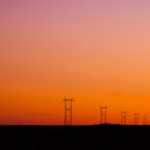
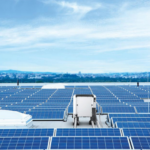
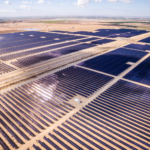
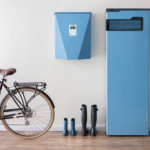
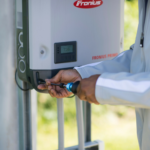




From Dave’s comment, he’s viewing personal solar PV as too expensive. In all of our lives, we have many expenses incurred over our lifetimes. Many just have to have that Starbucks or whatever cup of coffee every morning. Over decades, you could have taken a one time cruise around the World, so, it’s more of how important a thing is than an achievable goal thing.
I find it interesting that the mention of the back bone of the solar PV systems use is the inverter. The solar PV inverters do cost quite a bit, depending on the type of inverter. The hybrid inverters are in the 6 to 8KWh production range and are running around $4,500 for these integrated units. For decades there have been industrial inverters used to power motors used in everything from Domestic, Sewerage, Mining and Manufacturing industries. There are so many VFD or Variable Frequency Drive manufacturers out there today the marketplace is pretty competitive in pricing. An industrial VFD in the 12 to 20 Horse Power range costs around $1,800 to $2,500 in the marketplace. When properly maintained, I have witnessed these drives lasting 20 years of daily service. You can’t tell me the addition of a ‘smart’ battery charger costs another $2K? The VFDs have all of the functionality of the current crop of solar PV inverters built in and programming for controls of a motor is a “super set” of the controls needed for D.C. to A.C. inverting to a 60 cycle output. ABB, Allen-Bradley, Eaton, Danfoss, Toshiba, Mitsubishi, Yaskawa and many others make VFDs, why not hybrid solar PV inverters too?
I think solar is to expensive for the average retired person ? we have thought about it and even gotten some quots . even with the gov. insentives theres no way we can aford solar.